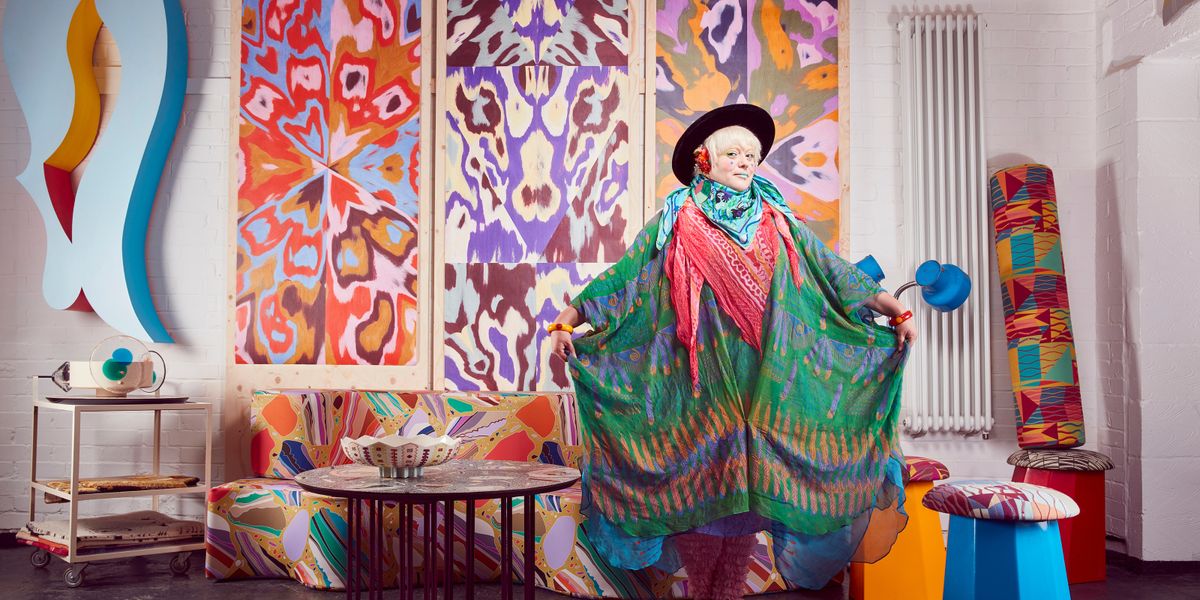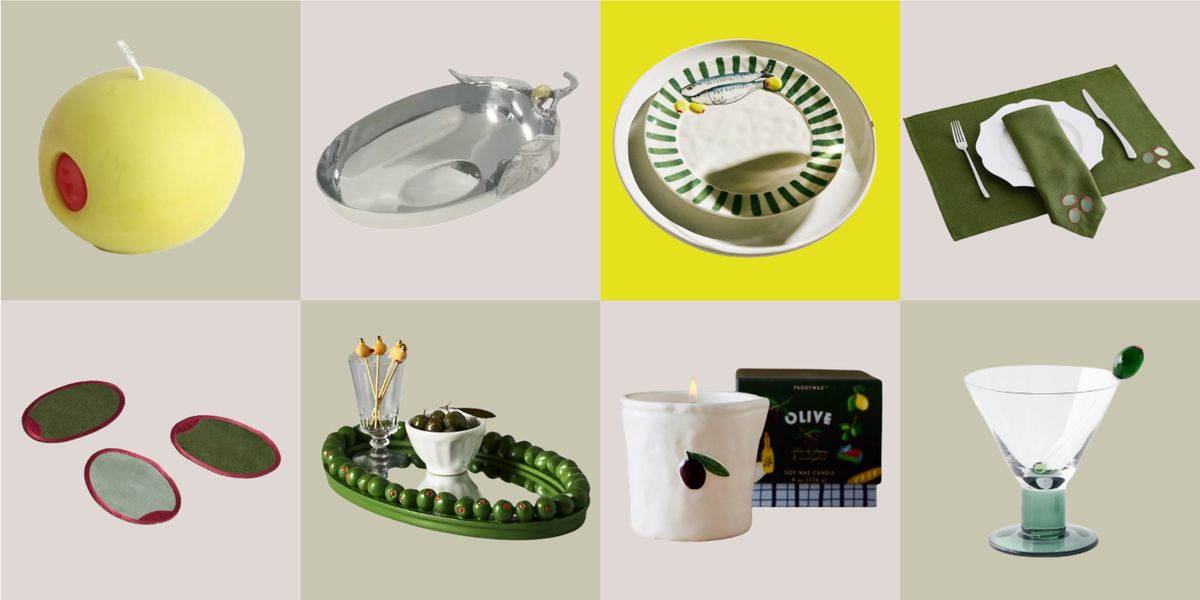
This 99-Year-Old Florida Estate Was Built By A Notable Circus Mogul—And You Can Still Tour It
It was a lovely, cool-for-Florida fall afternoon when I returned to Ca’ d’Zan. A thin mist fell through the cluster of banyans, slipping past the canopy down onto the roots. There were 14 of these trees in total, but it was hard to tell each one apart, so twined were their limbs. They were planted around a century ago, when the circus tycoon John Ringling and his wife, Mable, took up residence in their sprawling new winter estate in Sarasota, Florida. With each passing year, those trees grew more enormous.
Standing amid their branches, I had the sense of being sheltered from time. I existed, momentarily, in a space where the past bled into the present and where the impossible became possible again. I could almost catch the echo of my younger self. There I was, stooping to smell a yellow rose in Mable’s beloved gardens or sneaking a teenage kiss on the grand marble terrace as the Sarasota Bay lapped behind me. With my back against a banyan tree and a notebook in my hand, I once spun the stories that I hoped would someday spirit me far from Florida.
Robbie Caponetto
The irony is that those stories eventually made a life for me as an author in the landlocked Midwest, yet I could never escape the fever dream of my home state. In my debut novel, “Banyan Moon,” I wrote about the sticky heat of the coast and red tide eating into the shoreline. I described abandoned arcades and kitschy secondhand stores, along with vast, decaying estates. The Florida landscape only became more vivid the farther I traveled from it.
I was pulled back to Ca’ d’Zan by curiosity as much as nostalgia. I wanted to see what had changed in the decades since I’d last visited. What did I recall incorrectly? What did I get right? We often think of travel in terms of novelty. But it’s just as true that it can bring moments of unexpected familiarity—déjà vu, even.
When I first set foot on the Ringling property, I was just 10 years old. My new stepfather, an amateur photographer, wanted to take family portraits in Mable’s renowned rose garden. I, restless and more than a little rebellious, wanted the freedom to explore. I found my escape in the corridors of trees and hid there for as long as I could before someone called me back.
Robbie Caponetto
After that initial trip, I revisited Ca’ d’Zan as often as I could. I came to know its grounds as well as the perimeter of my own two-bedroom ranch home in the nearby suburbs. Familiarity begets a sense of ownership, and I spent many afternoons daydreaming that I was mistress of the estate. Even with all the roving tourists, I could convince myself it belonged to me. I was Mable Ringling, misplaced in time.
After two years of busy construction, John and Mable had completed their 56-room Mediterranean Revival masterpiece in 1926, at a time when no homes of such scope existed in Sarasota. Every inch draws the eye—stained glass windows, furnishings, friezes, and hand-glazed tiles. A staggering collection of art lines the walls of each room. During the roaring twenties, the Ringlings were practically considered American royalty, so it seems only fitting that their winter home would reflect the reckless opulence of that era.
Usually, when you return to a site that loomed large in childhood, you are met with disappointment. The reality rarely lives up to the dream; buildings and people tend to seem smaller and less impressive. But in the case of Ca’ d’Zan, I found myself more entranced by all that I saw—if only because I could now, as an adult, grasp the ambition of creating such a place—and a life—entirely from scratch.
Some love stories are written in pen and ink—others in terra-cotta and marble. Even though “Ca’ d’Zan” means “House of John” in the Venetian dialect, many see the estate as a fulfillment of Mable’s vision. The architect, Dwight James Baum, addressed the blueprints to “Mrs. John Ringling.” While John participated eagerly in the design decisions, it was clear to all that this home was his offering to his wife, a symbol of his respect and admiration for her—and that she was the architectural gem’s true driving force.
Robbie Caponetto
The Ringlings didn’t have children, but they did care for an assortment of pets and hosted friends and family—plus they held many late-night parties that spilled onto the magnificent terrace. Music, art, and companionship sang from every rafter. Even nearly a century later, one can detect the jubilant hope that went into building such a home.
A generous host but fiercely private in her day-to-day life, Mable rarely appeared in the press. Her whimsy and imagination emerged in the details she selected for her house. The ballroom’s ceiling is decorated with dancers representing cultures from all around the world. She had artist Robert Webb Jr. paint elaborate scenes inside bathroom medicine cabinets, so guests would gasp in surprise when they discovered them. Delight was her mission; in that, she succeeded without question.
Robbie Caponetto
Robbie Caponetto
In Mable’s own rococo-style bedroom, the walls are covered in narrow pastel stripes and the ceiling beams are capped by small hand-painted punctuation marks. Commas and quotation marks wink from around the room. Webb was also responsible for these painted accents, but neither he nor Mable ever revealed their meaning. Some keen detectives hypothesize that the decorative punctuation is a secret code of some sort, but I prefer the mystery. They remain an open-ended invitation to imagine the Ringlings’ lives in the beauty that was left behind.
In the end, the couple was able to enjoy only three winters in their paradise before Mable unexpectedly passed away. A heartbroken John suffered through a short, unhappy second marriage and subsequent divorce before he died in 1936, bequeathing Ca’ d’Zan to Florida. Now the property, including its accompanying museum and gardens, is maintained under the stewardship of Florida State University.
The sunset colors of the house’s terra-cotta facade are as striking and ornate as ever. When I walk the halls of Ca’ d’Zan or skirt the tangled roots of its banyan trees, I feel the unmistakable gust of history—my own weaving with that of Mable Ringling. I hold steadfast to that sensation of belonging and the knowledge that homecomings can happen in the most unexpected moments and in the unlikeliest of places.










